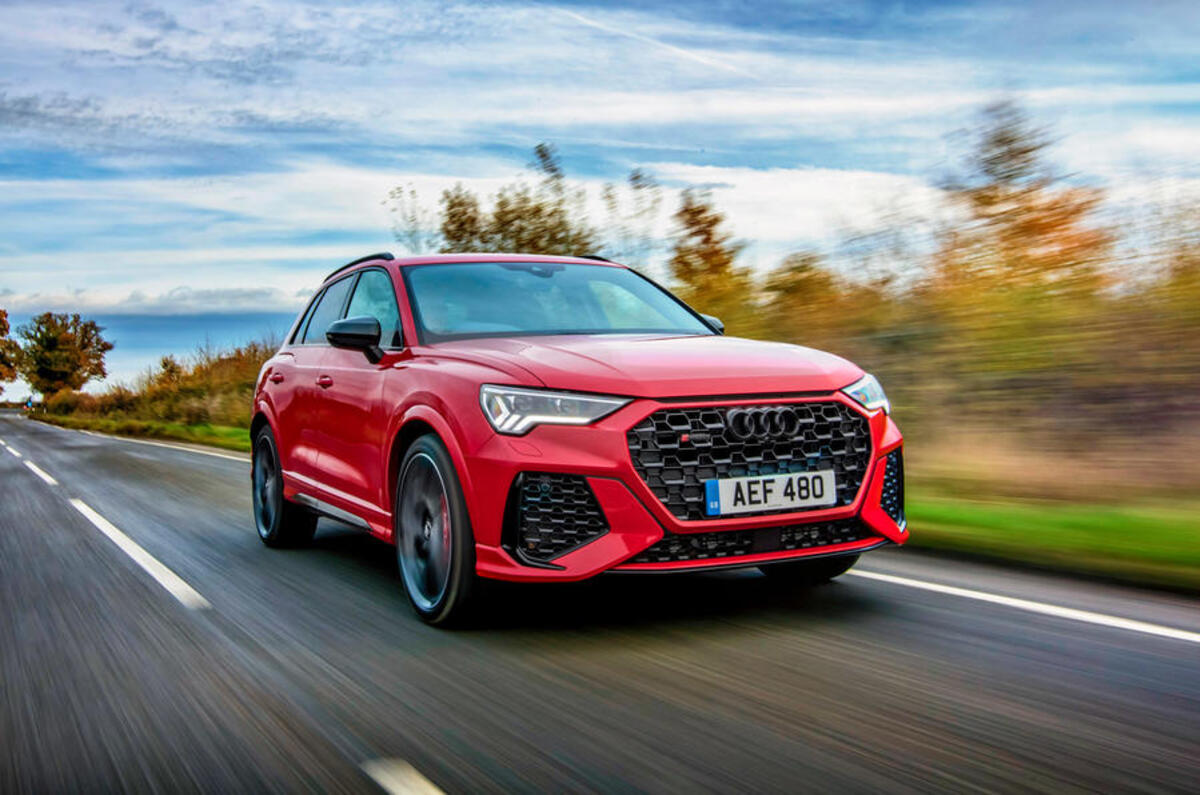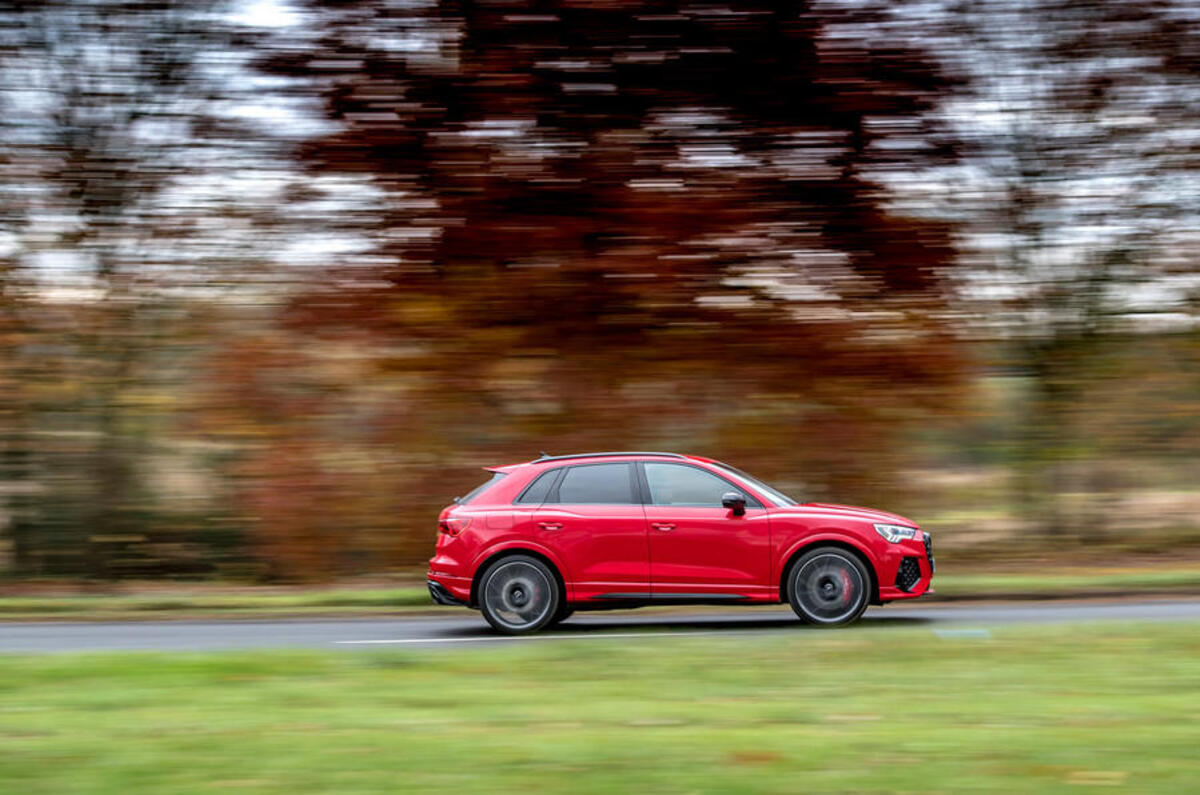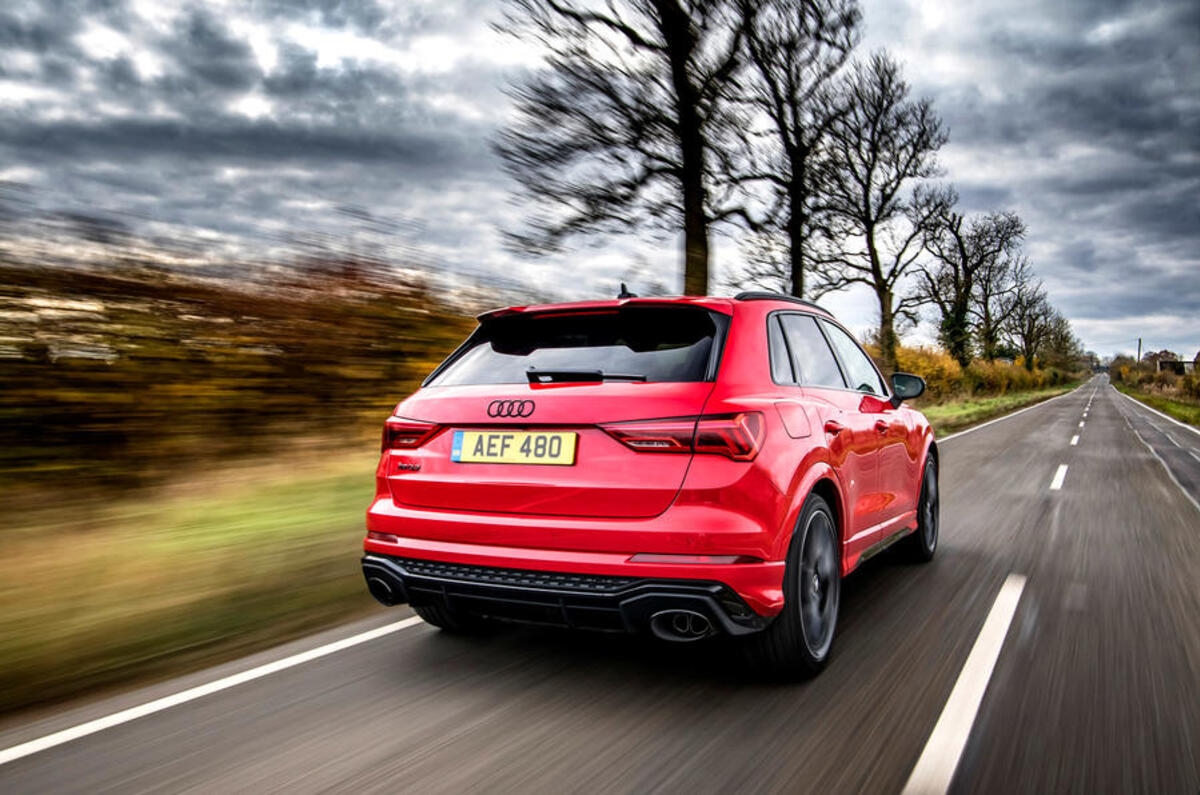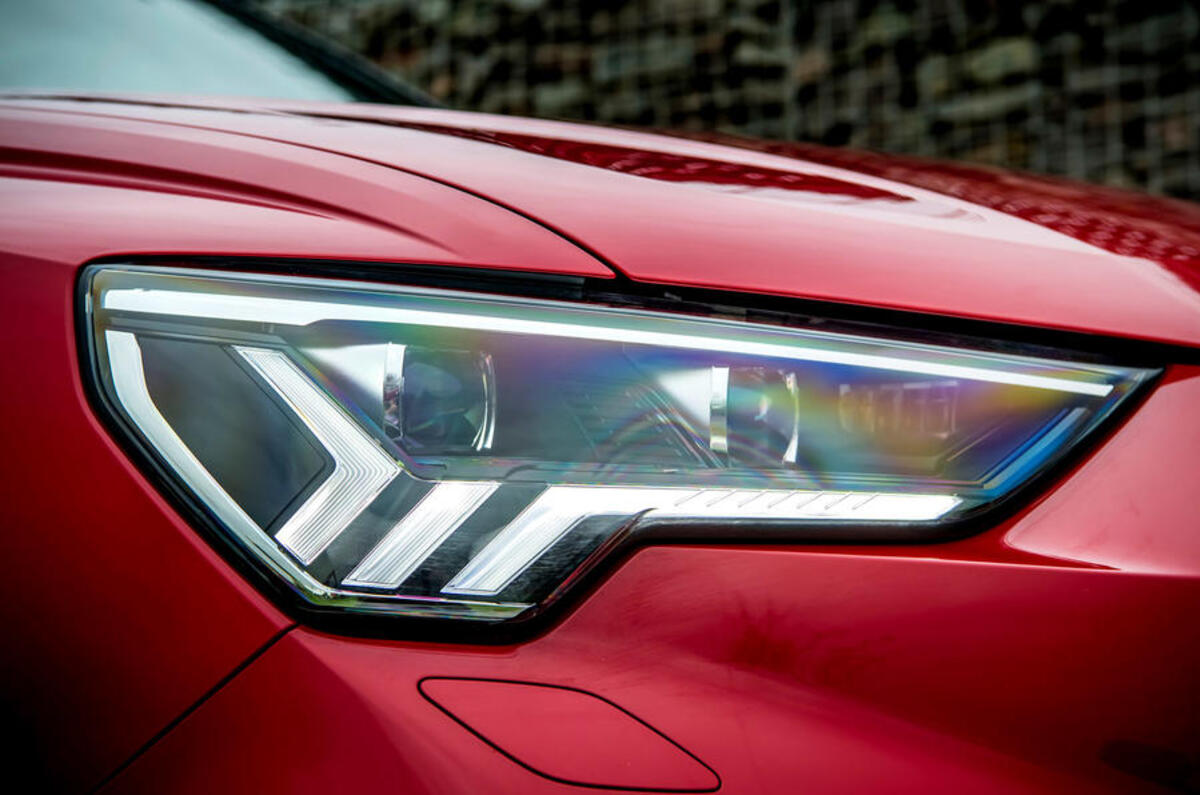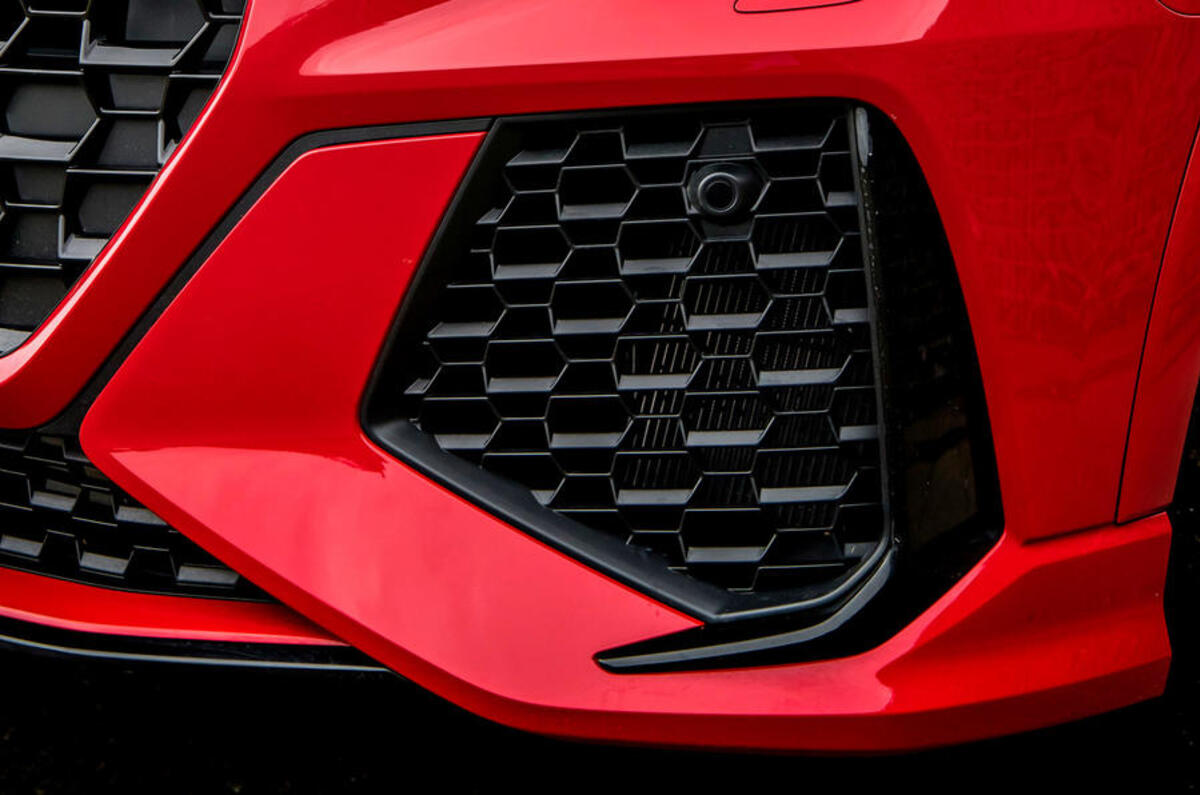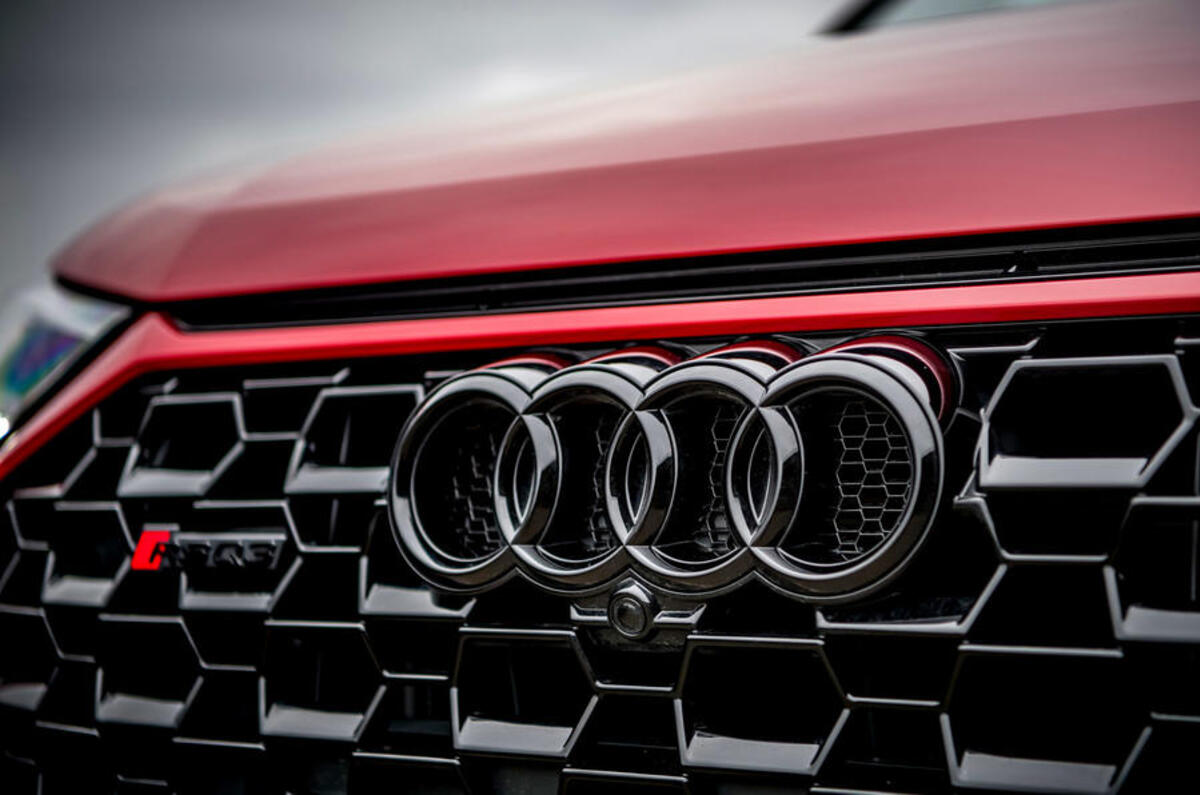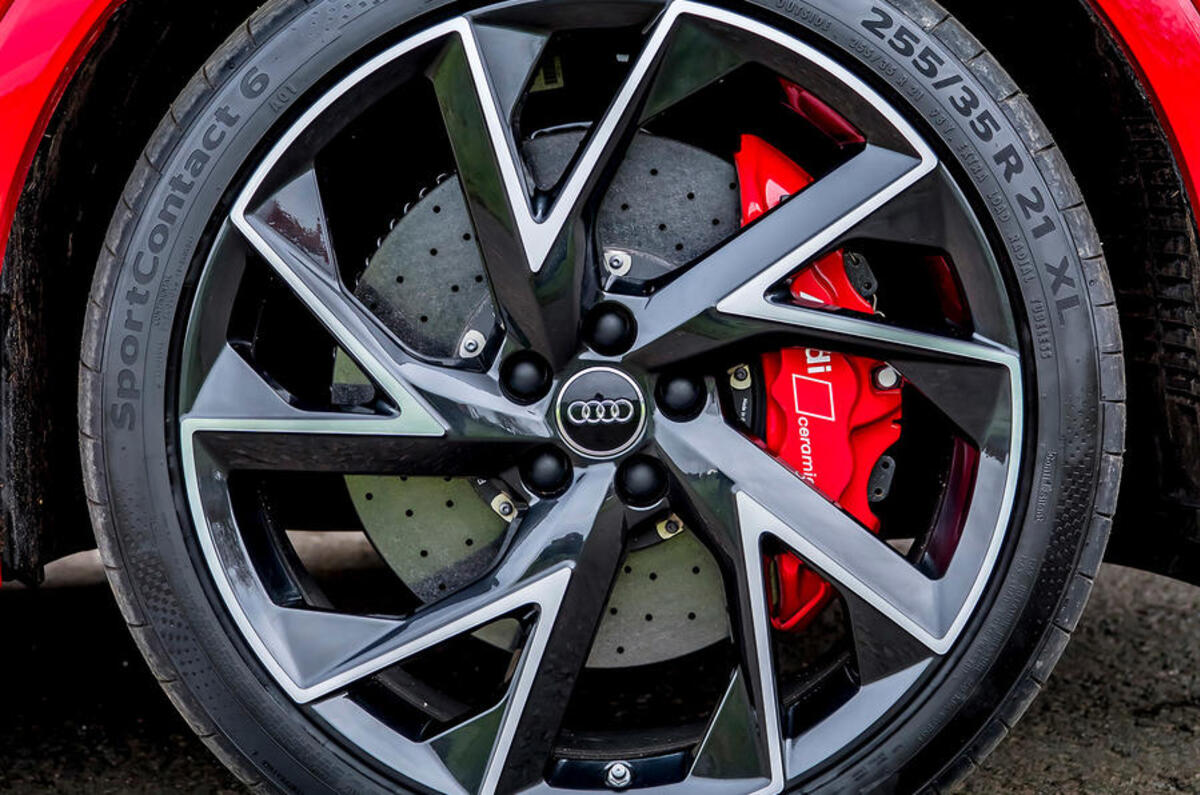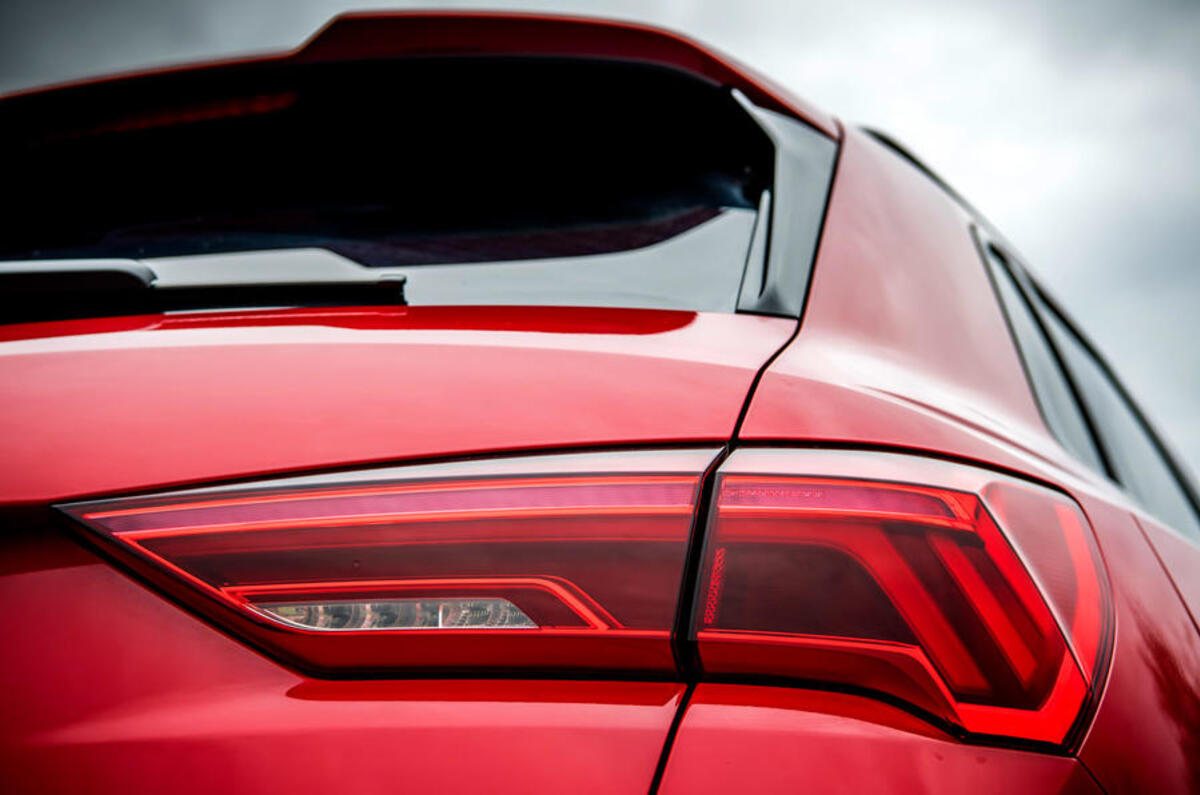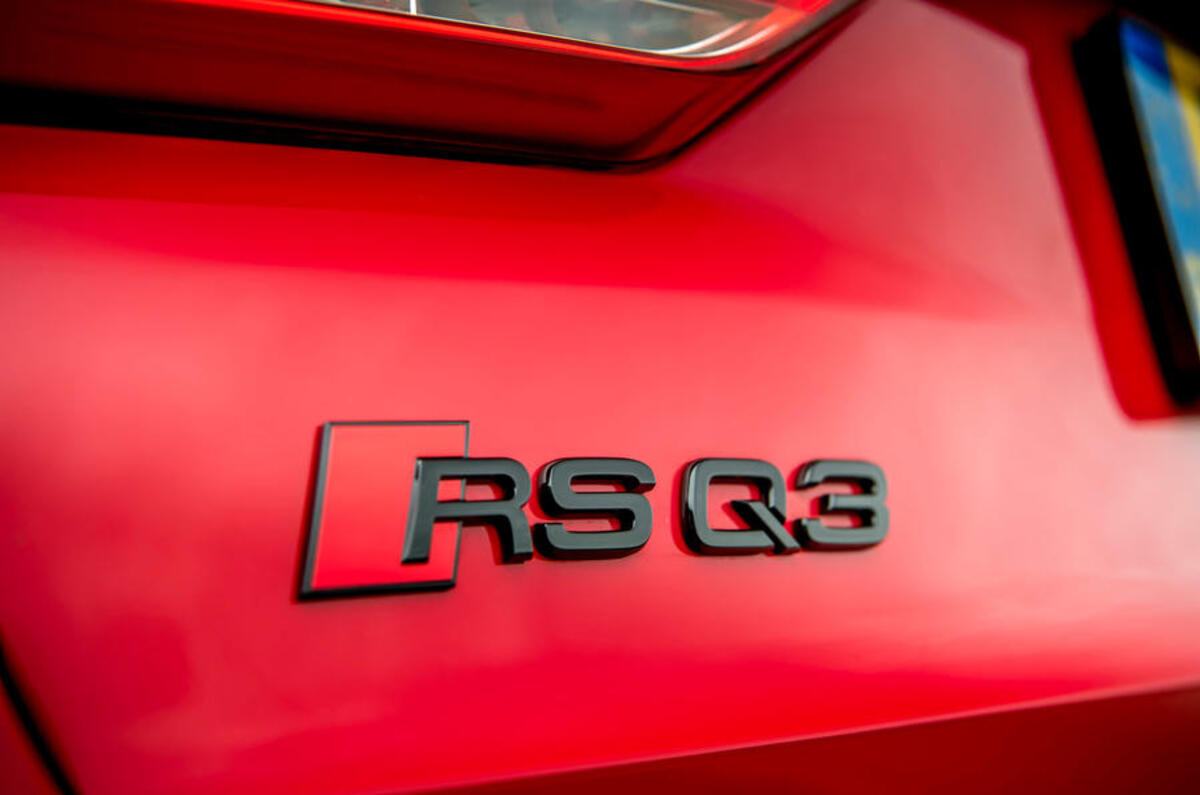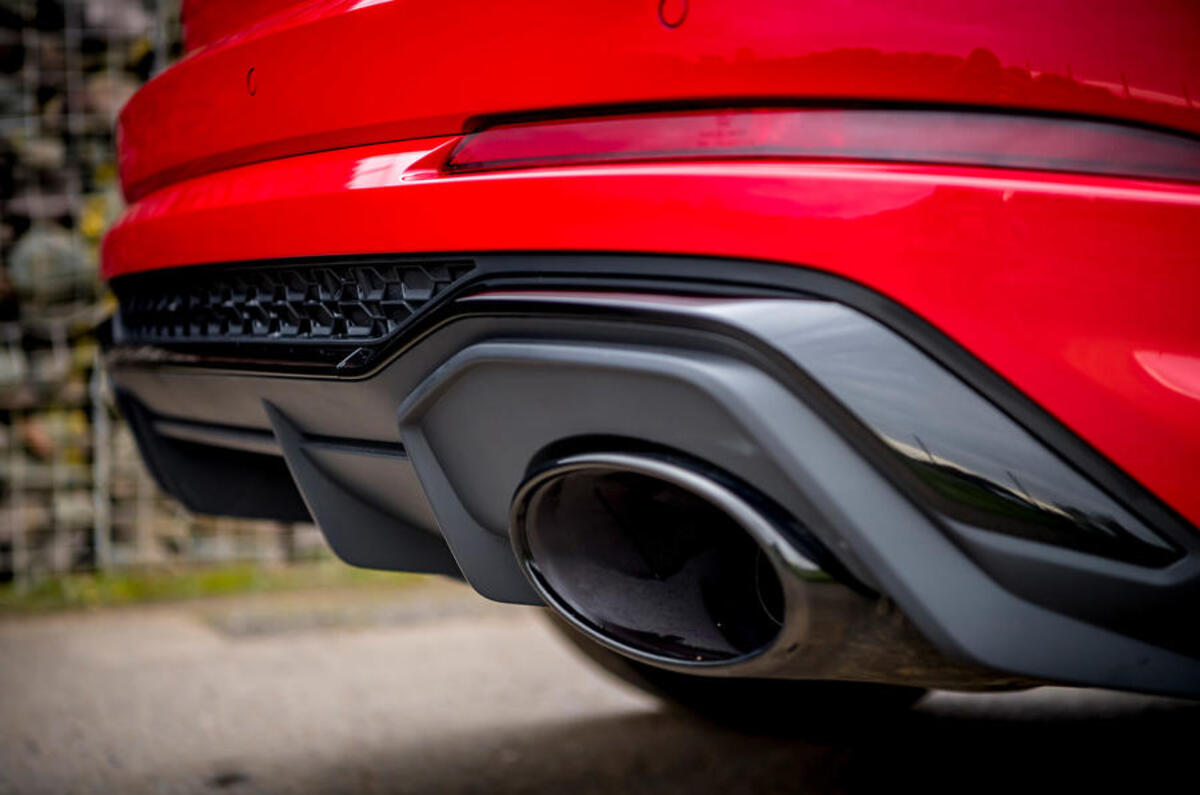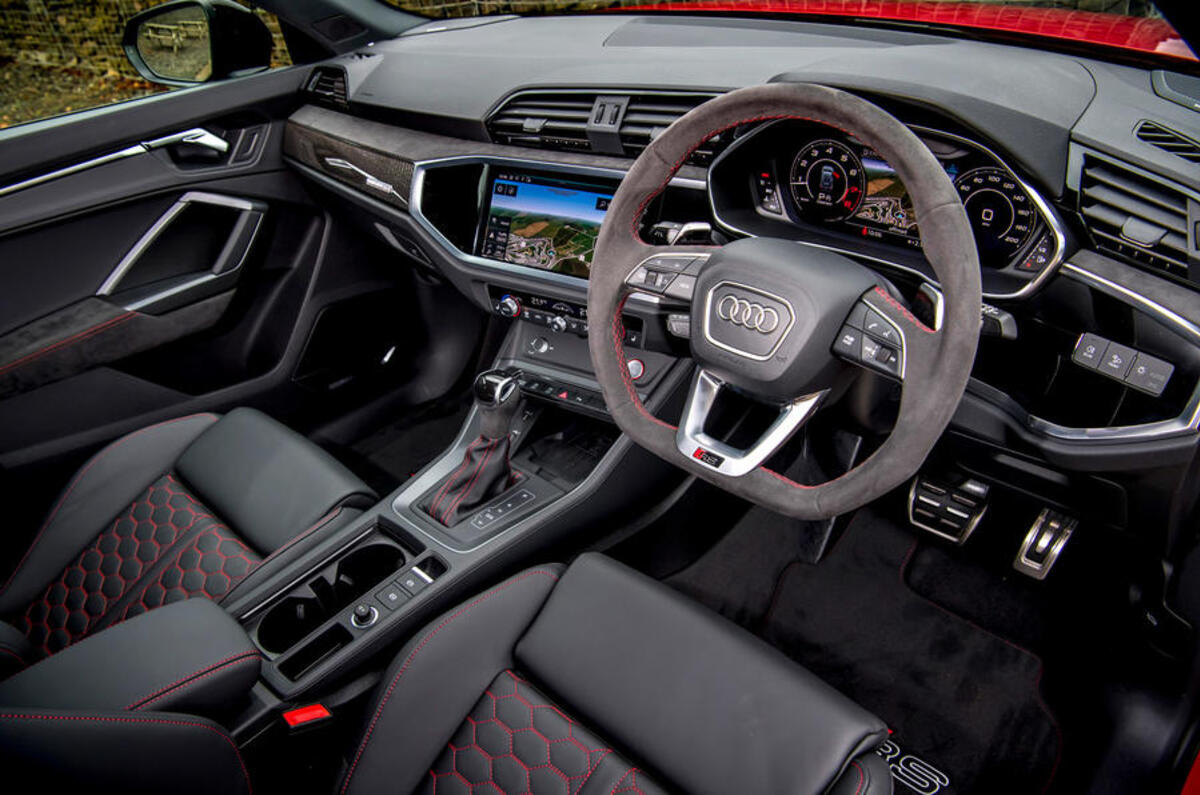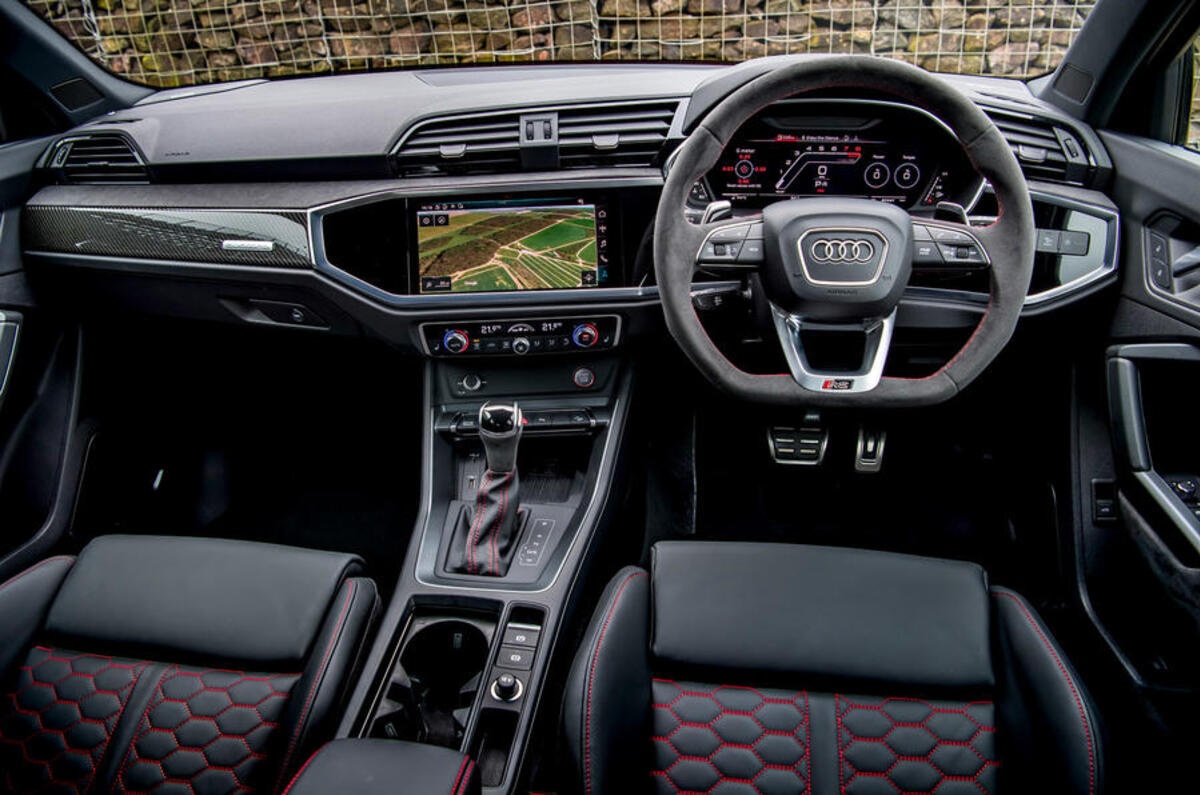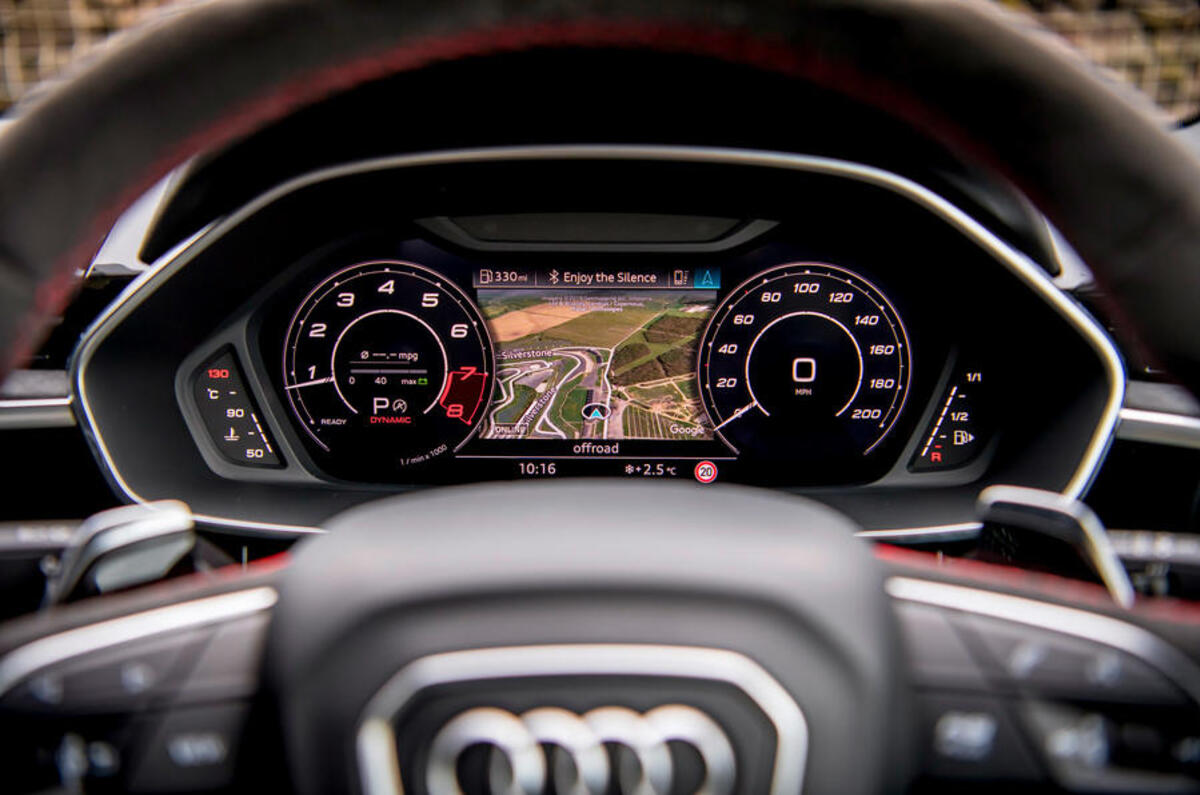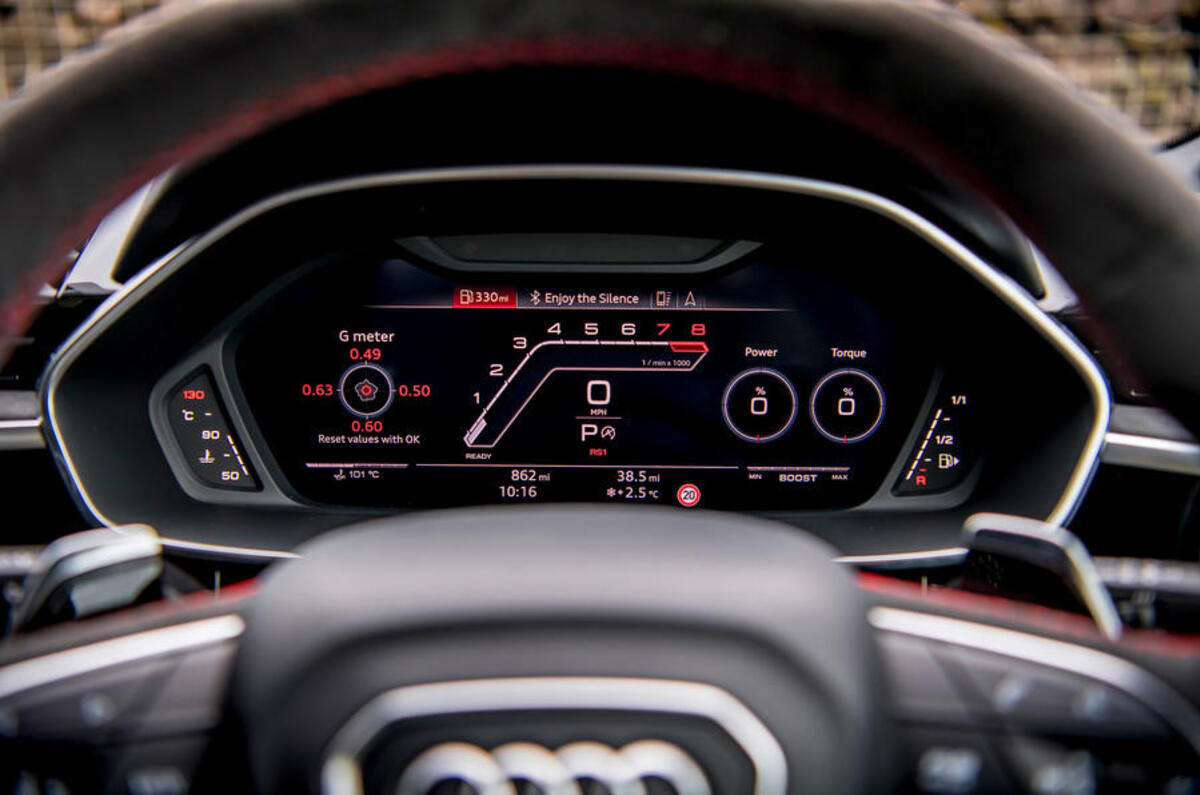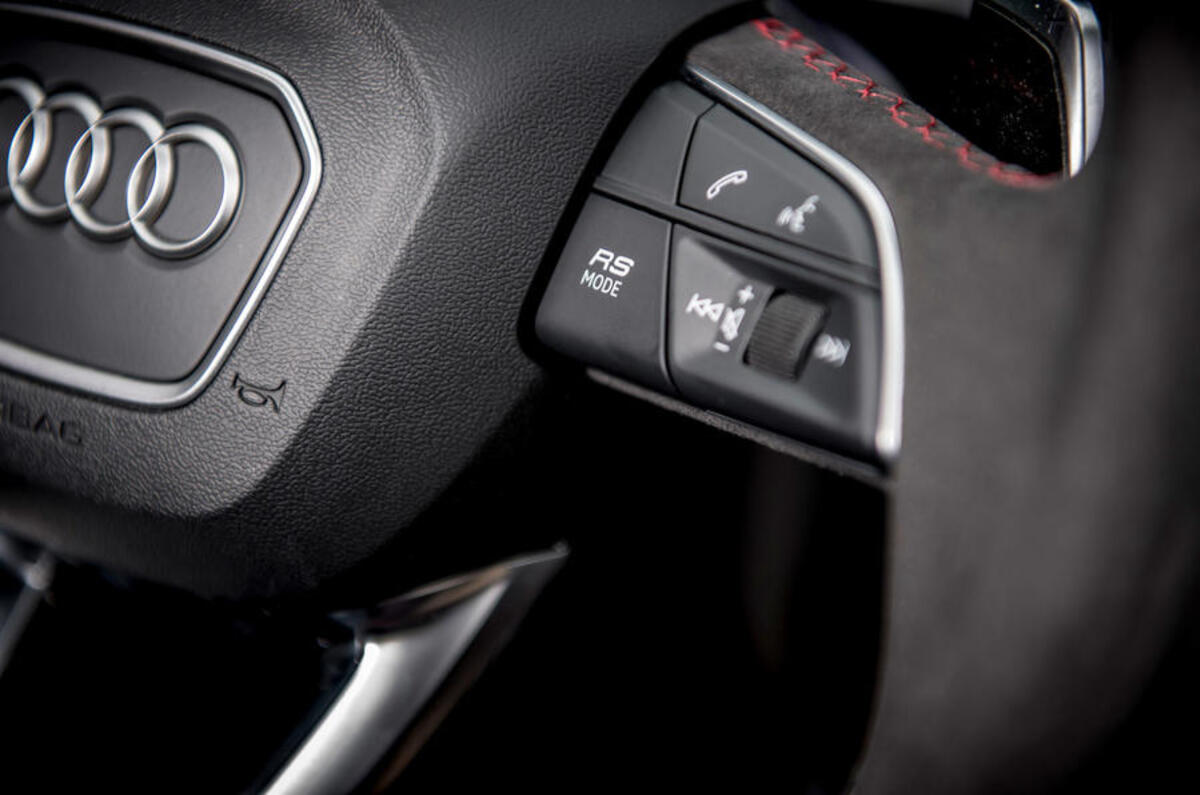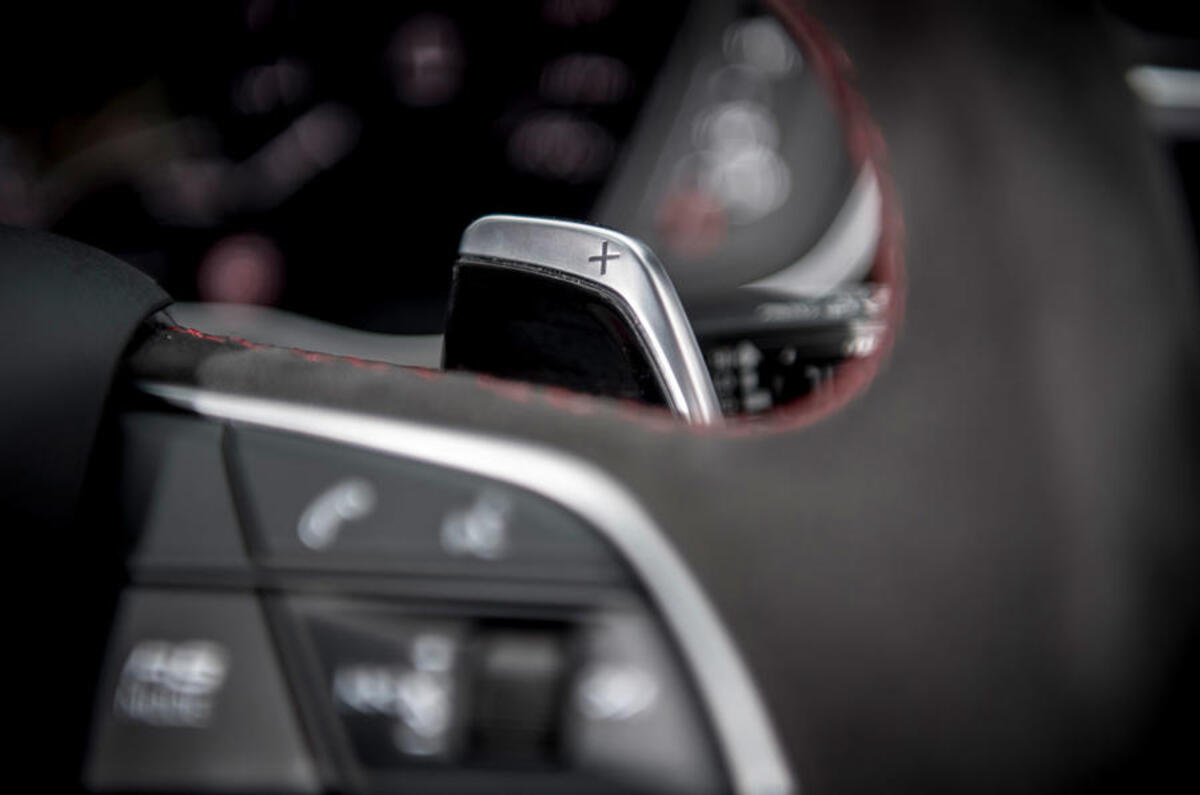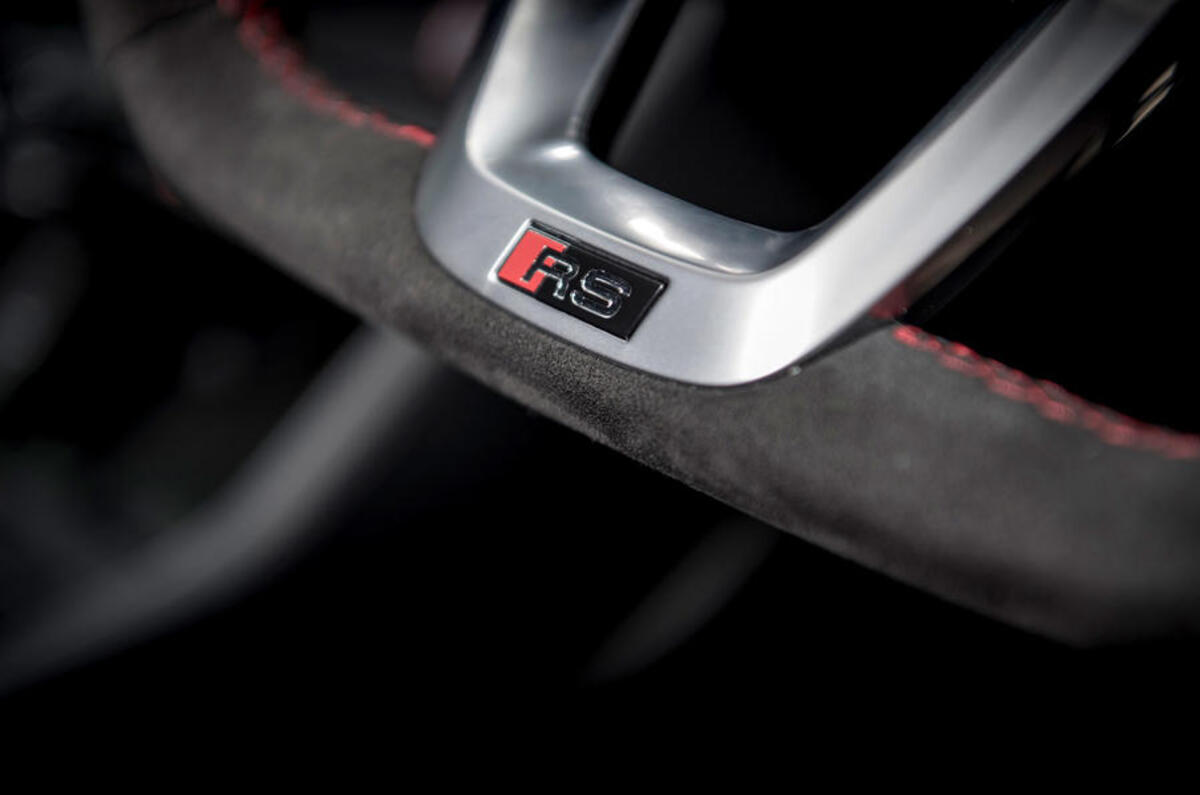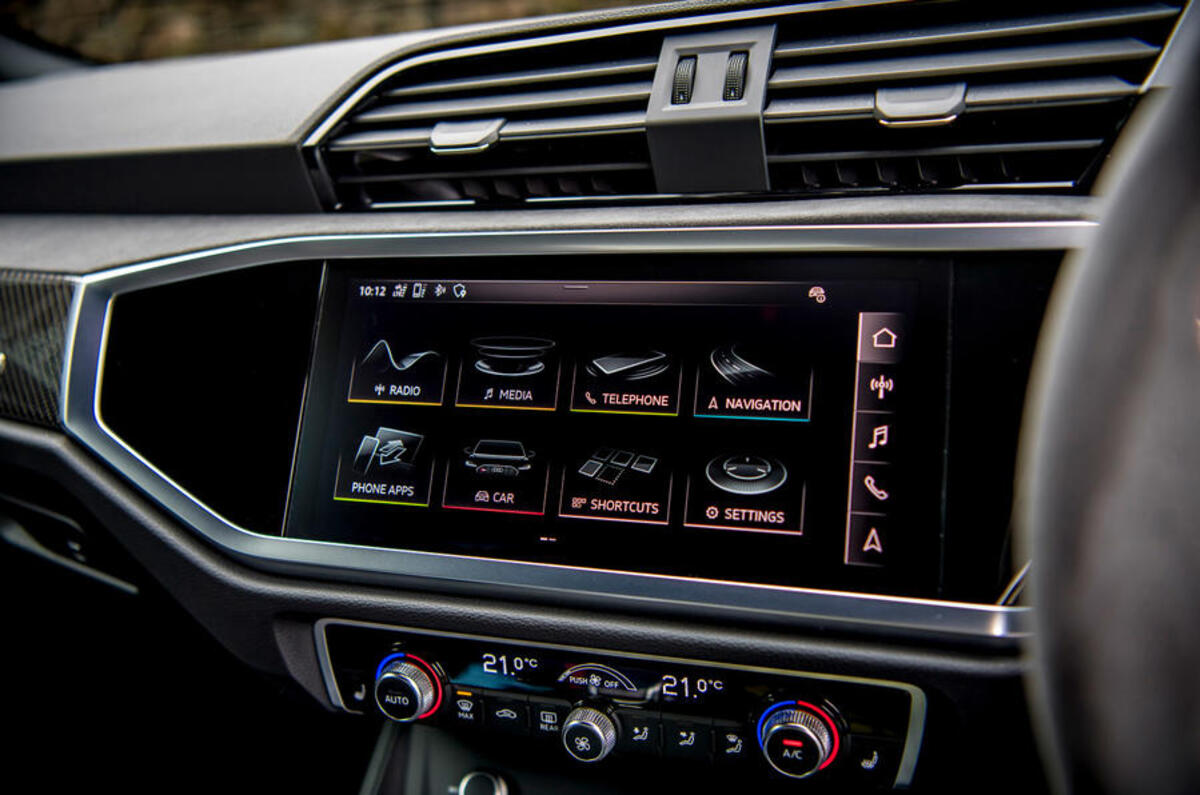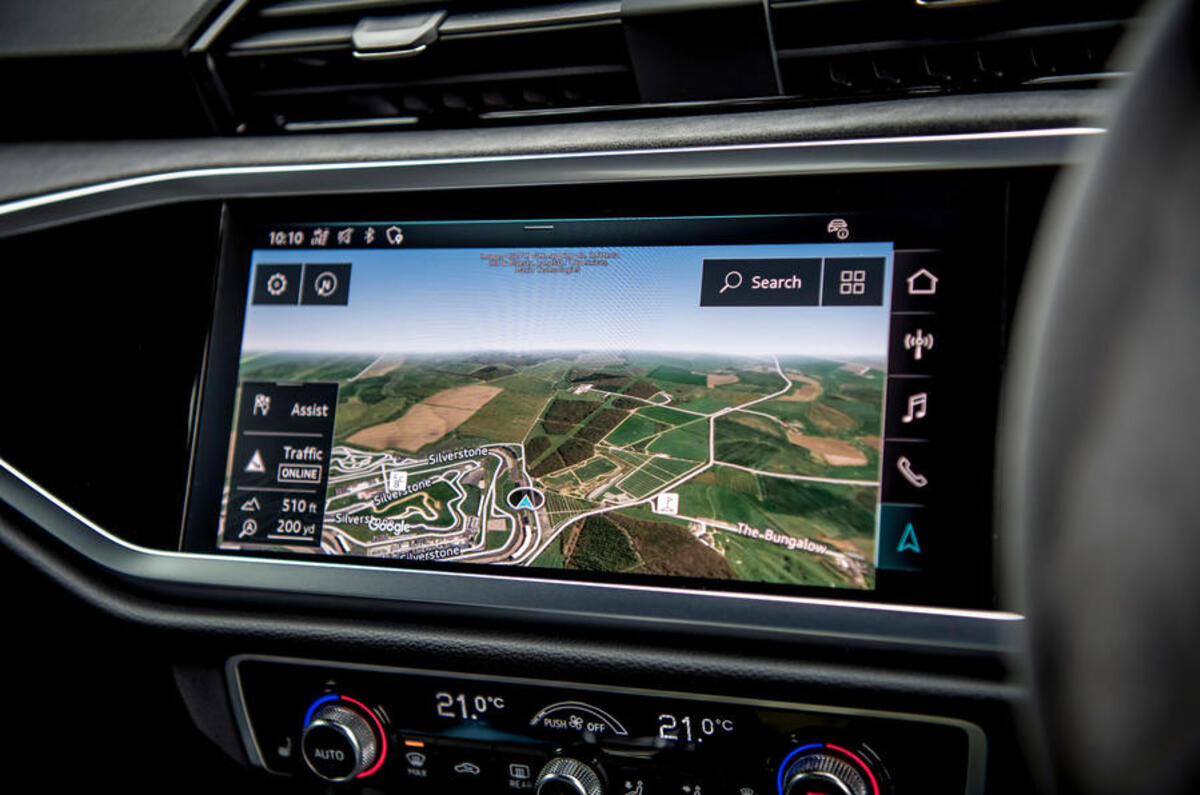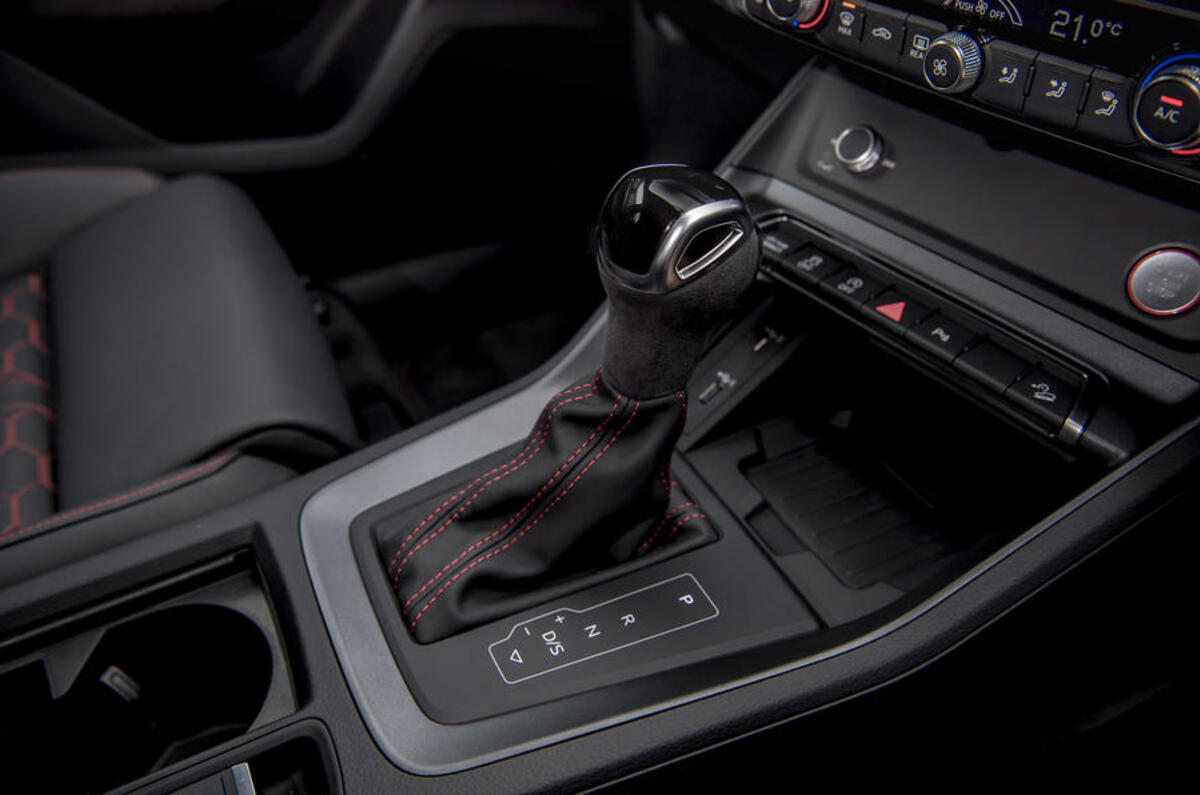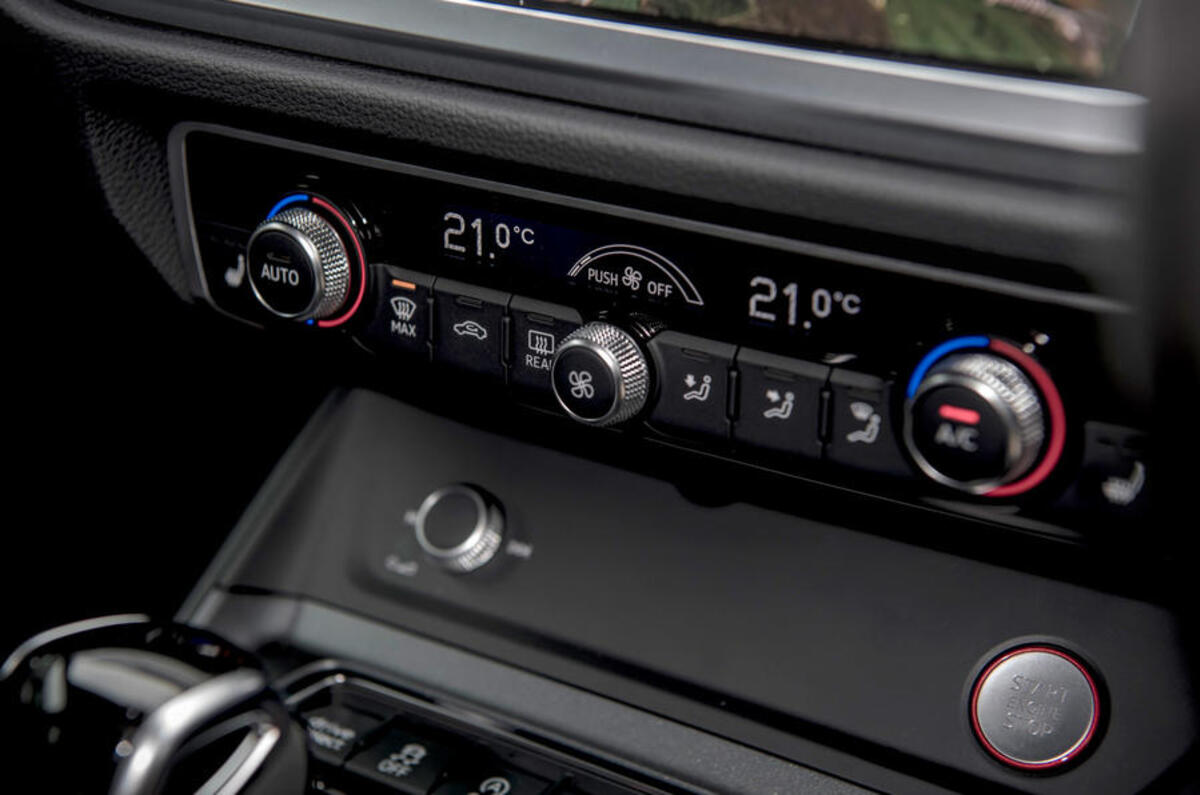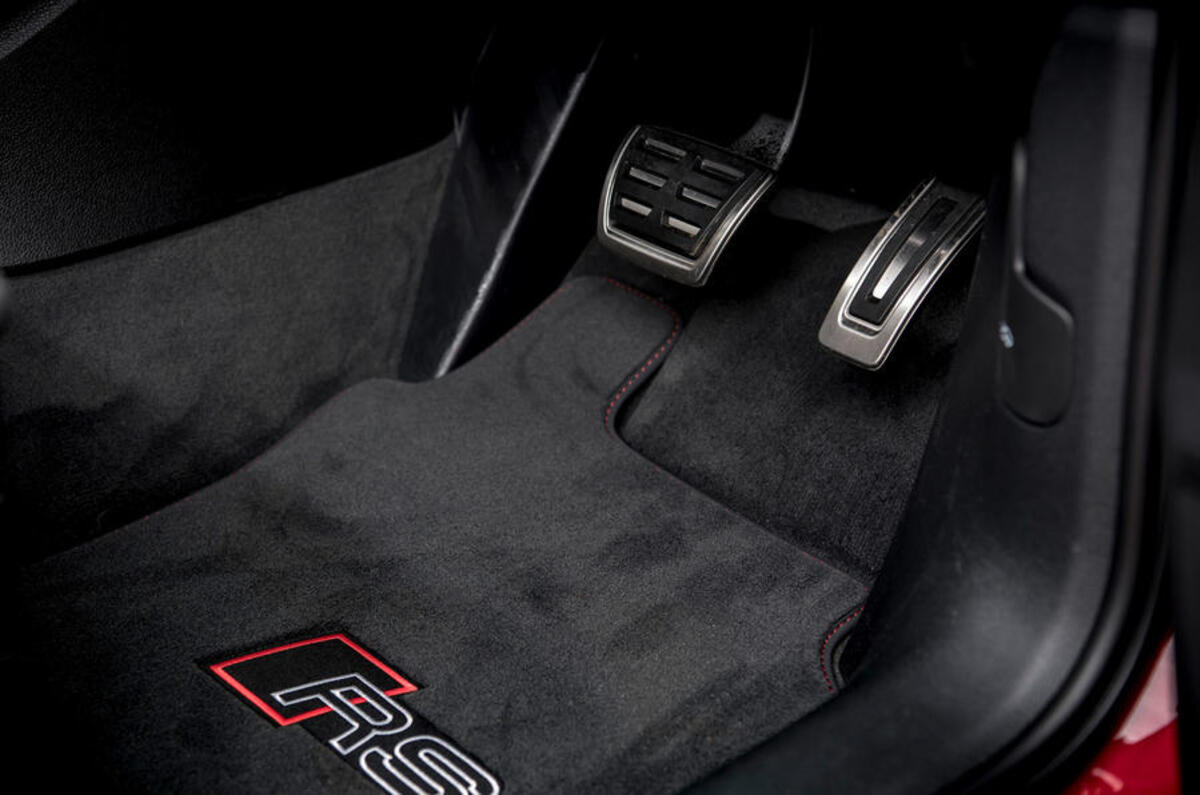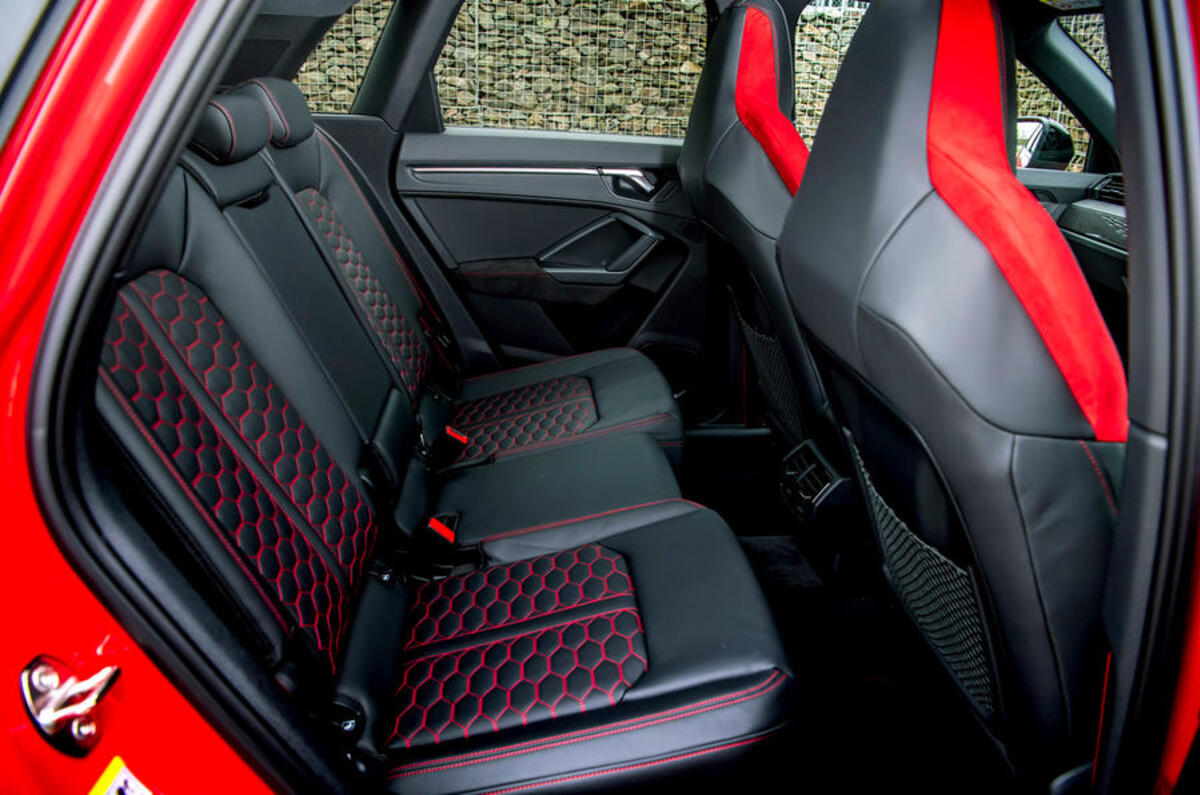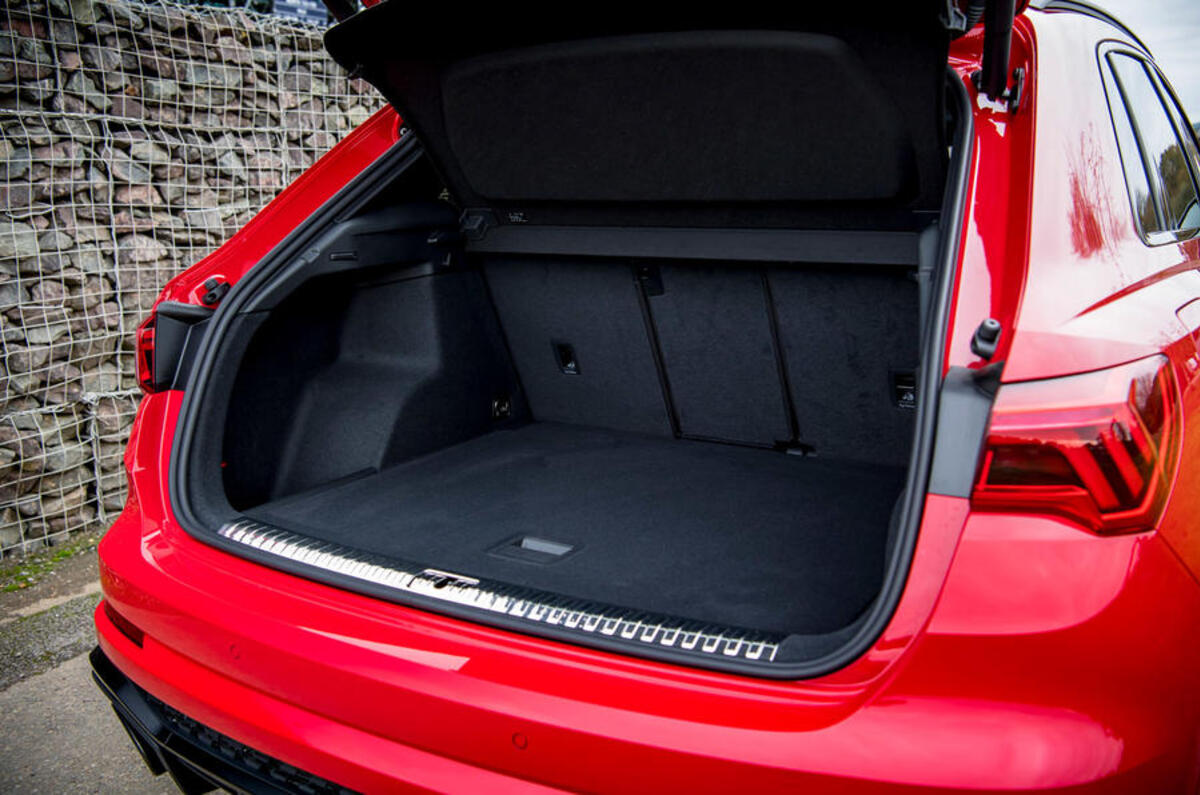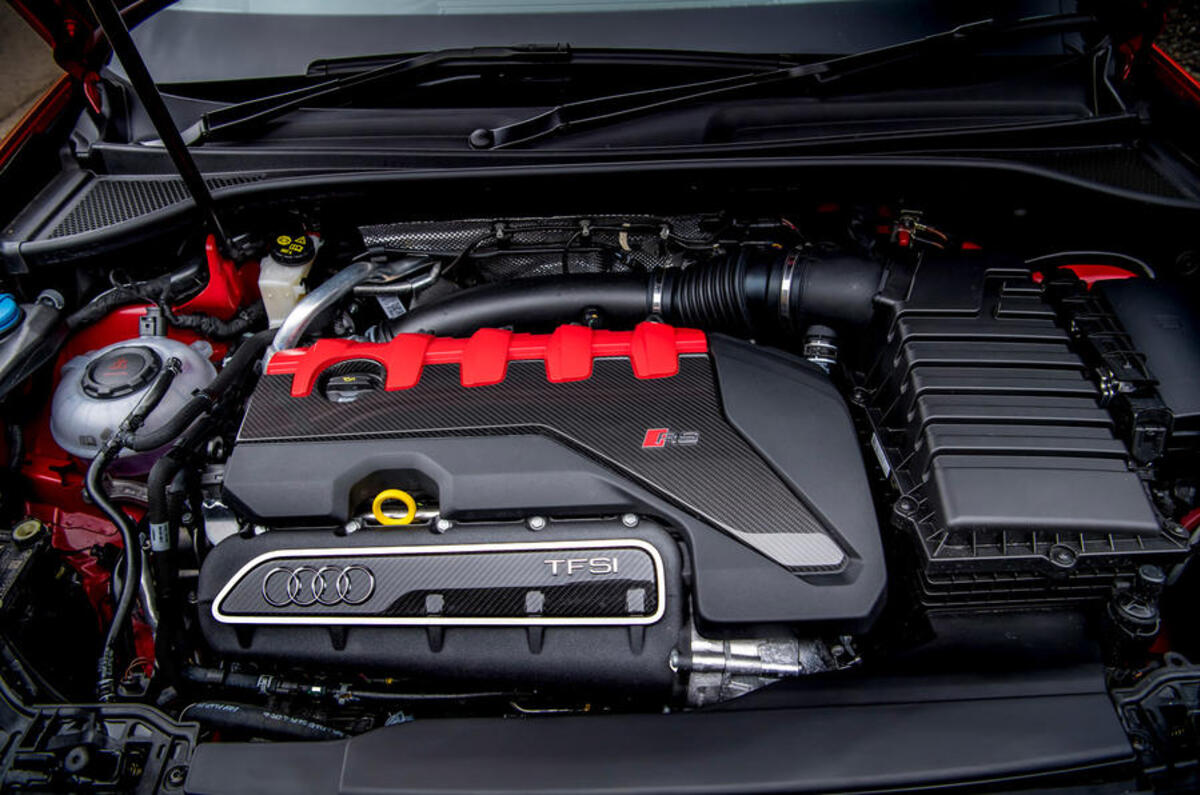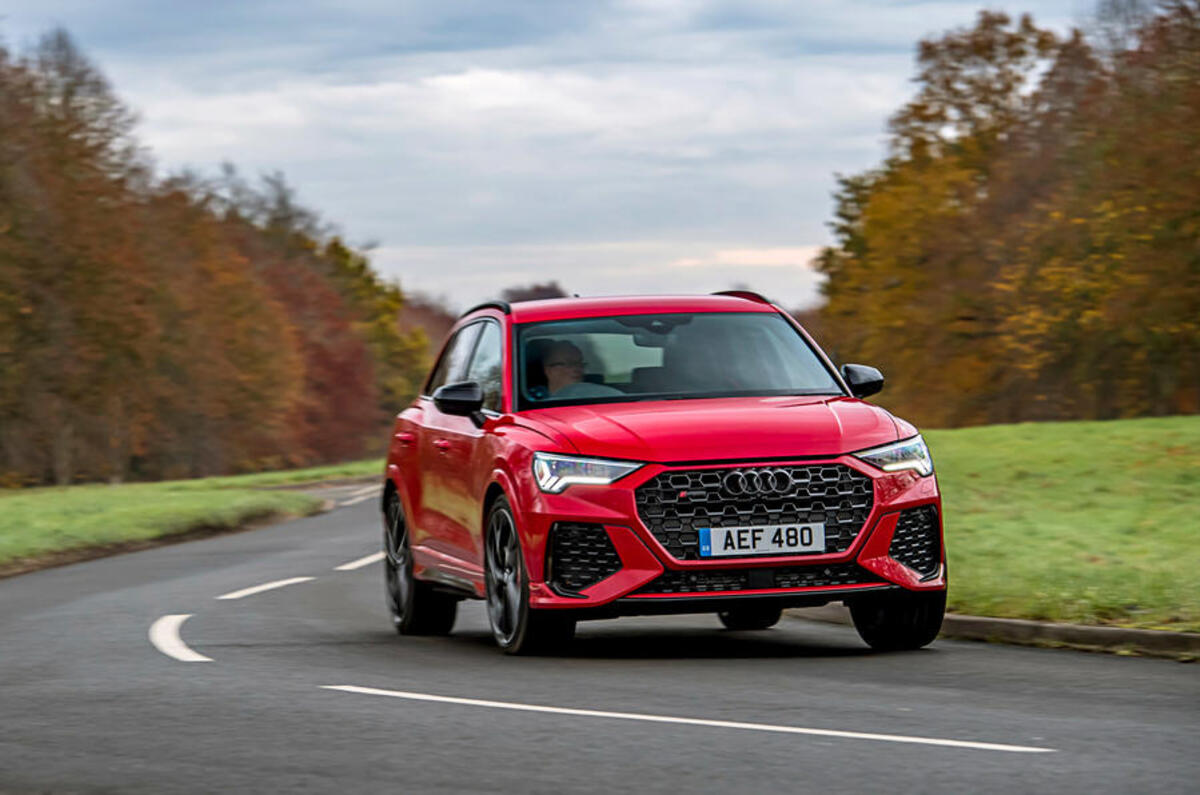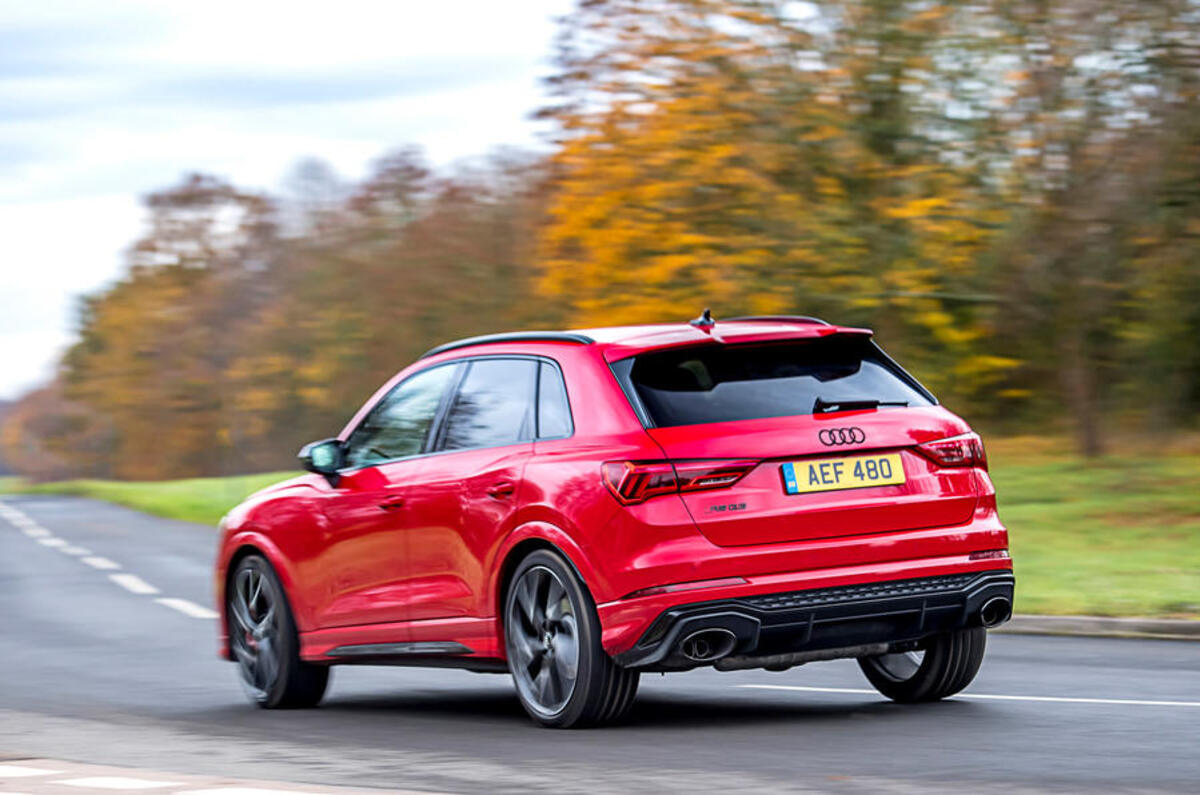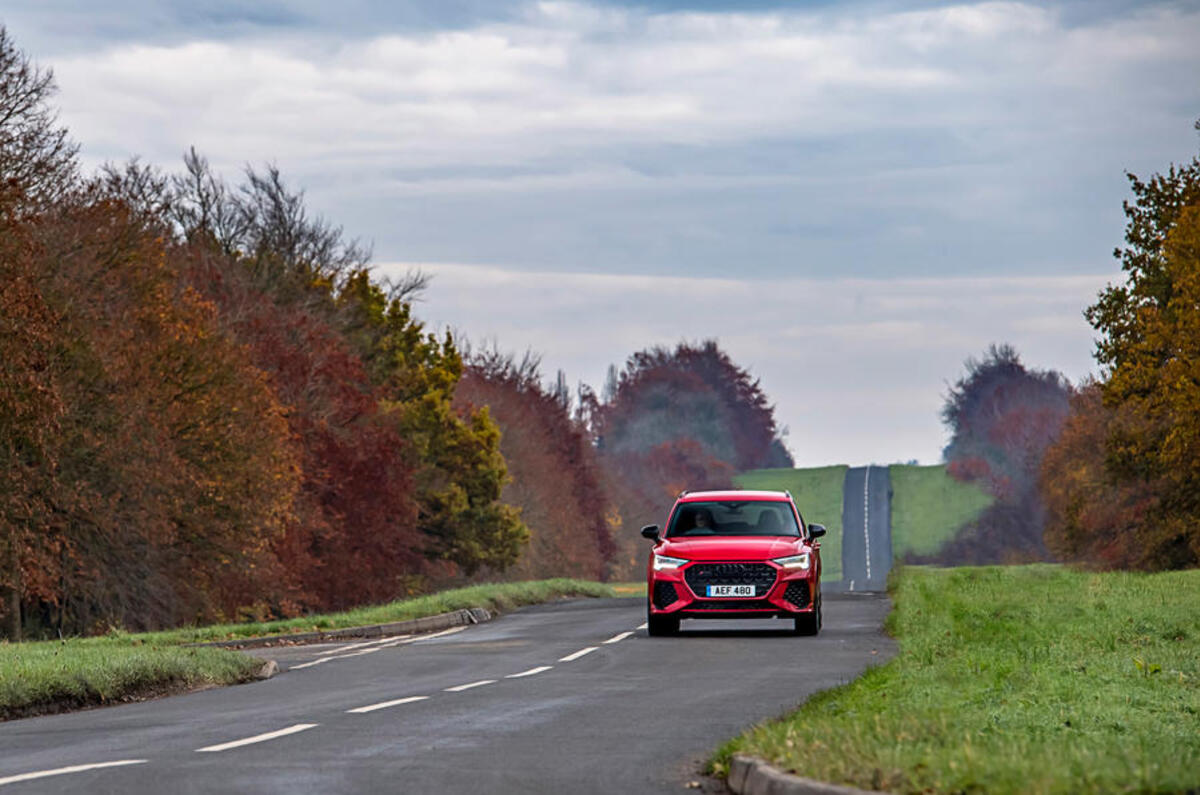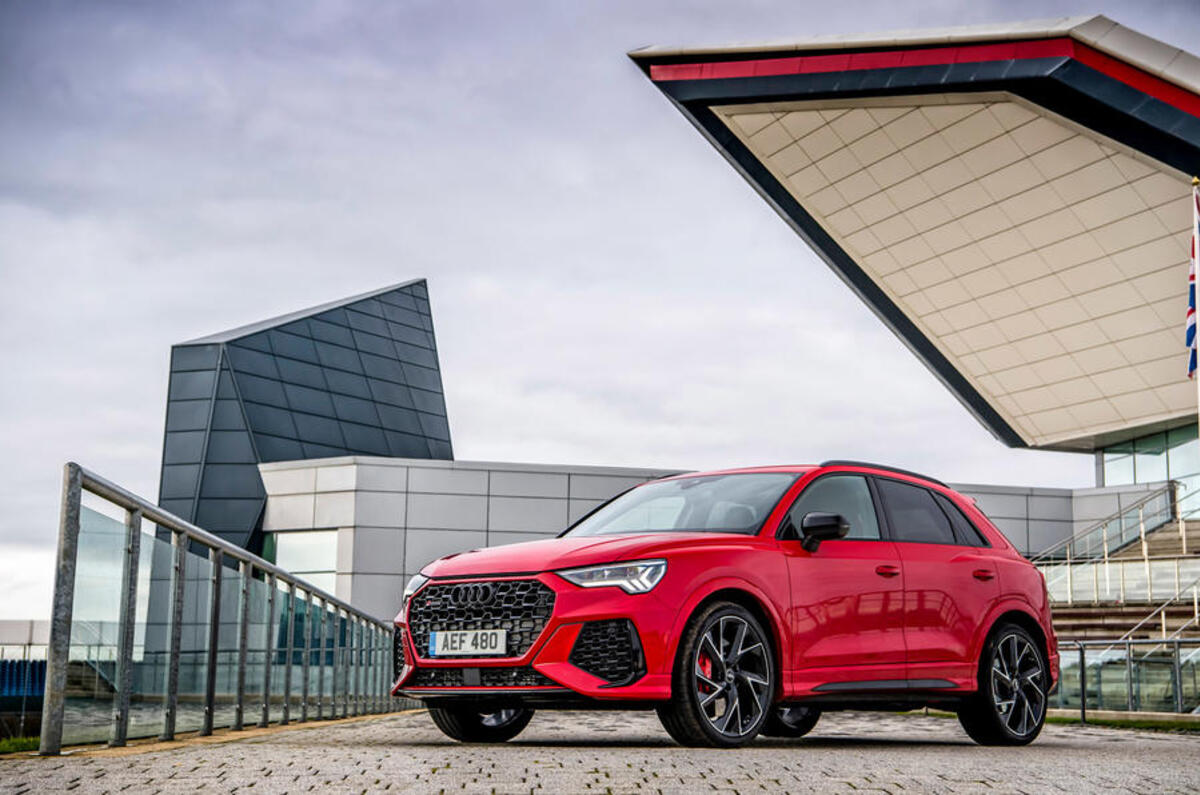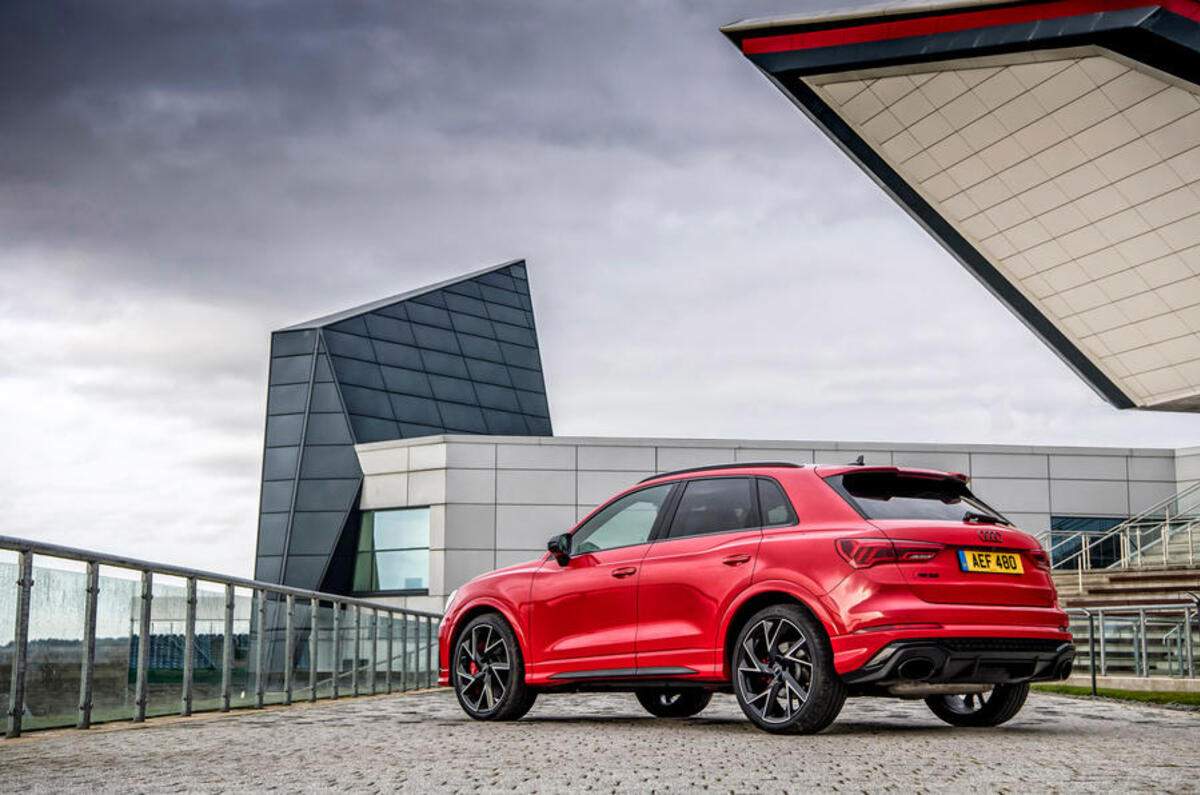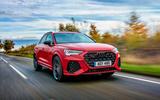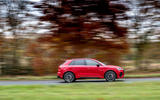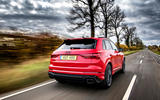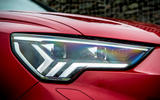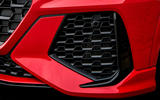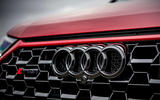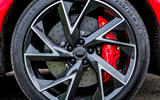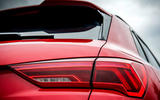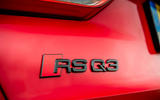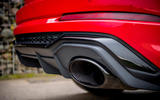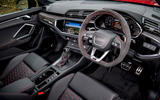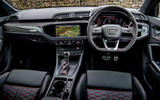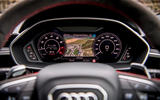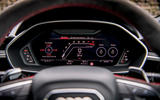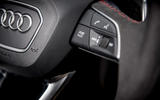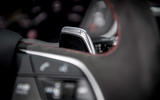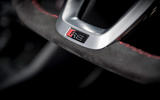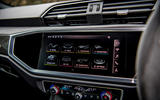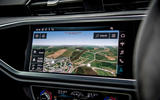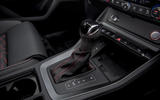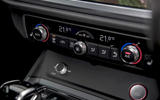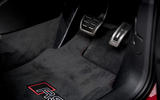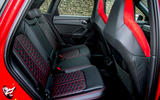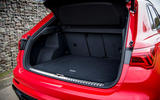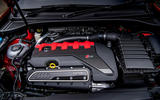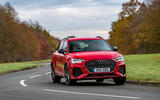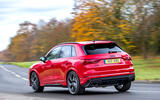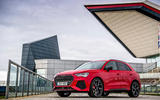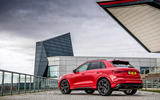The second generation RS Q3 arrives in a crowded market - a far cry from the original car, which effectively kick-started the trend for performance compact SUVs when it arrived in 2013.
It was the first time the then Audi Quattro GmbH had turned its attention to any kind of SUV, but now Audi Sport has a stable of the things. The Audi SQ2 now acts as a high-riding alternative to the current crop of hot hatchbacks, freeing up the RS Q3 and its RS Q3 Sportback sibling to take on the Porsche Macan, BMW X3 M40i and forthcoming Mercedes-AMG GLA45.
It’s also a sign of the times that Audi expects the more traditional car to be the less popular model, with the RS Q3 Sportback predicted to make up 60% of UK sales.
Beyond the Sportback's lower roofline, which saps rear headroom and eats into boot space (but only when you fold the rear seats), the two cars are effectively identical, sitting 10mm lower than a standard Audi Q3 and riding on 20in alloy wheels (21s on Audi Sport Edition and Vorsprung models). Twin exhausts, now a staple of Audi’s full-blooded RS models, also make an appearance - the first generation RS Q3 made do with one.
Both Q3s share the same familiar five-pot turbo engine as the first-generation car, as well as the current TT RS, though the addition of a petrol particulate filter means it doesn’t pop and bang quite as vigorously as it once did. Liberal use of aluminium has reduced weight by 26kg, and power has been tuned to 394bhp. Despite a 15kg weight penalty, the Q3 matches the Sportback to the same 155mph restricted top speed - a limit that can be optionally removed for an Autobahn-blasting 174mph. Quattro permanent all-wheel drive and a seven-speed automatic gearbox deliver 0-62mph in a hyper hatch-baiting 4.5 seconds.


